种子托盘如何塑造根系生长:防止根系束缚的幼苗
2025-07-26 21:18:50
健康的花园始于健康的根系。然而,种子启动成功中最被忽视的工具之一很简单:你的种子托盘。
无论你种植西红柿、草药还是本地多年生植物,种子托盘的形状、深度和结构都会直接影响你的幼苗如何生根,以及它们在移植前是否会生根。
在这篇文章中,我们将探讨种子托盘设计如何影响根系发育,导致根系束缚的原因,以及如何选择最佳的托盘风格来避免这一常见问题。因为强壮的根等于强壮的植物——这一切都始于托盘。
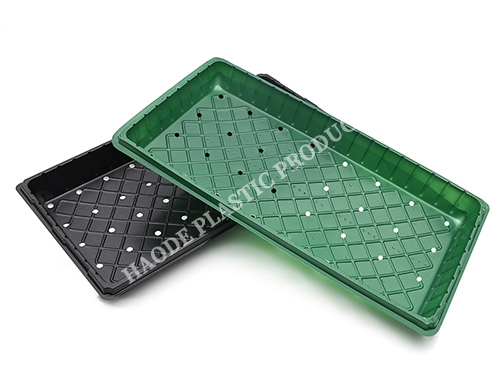
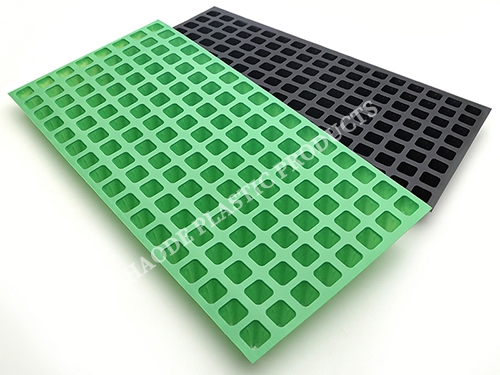
什么是“根束缚”——为什么它很重要?
当幼苗在容器中停留的时间过长,或者放在错误的容器中时,它的根开始在托盘细胞的内边缘盘旋。这种情况被称为根受限,导致:
·移植后生长迟缓
·水分和养分吸收不良
·对压力和害虫的抵抗力较低
·恢复缓慢甚至移植休克
根系束缚在浅或过于紧凑的种子托盘中最为常见,尤其是那些由不允许良好空气或水分流动的劣质材料制成的托盘。
种子托盘如何影响根系发育
并非所有种子托盘都是平等的。从深度和细胞间距到气流和排水,托盘设计中的几个因素决定了根系的生长方式,以及它们是否正常生长。
1.托盘深度很重要
浅托盘可能适用于快速生长的绿色植物,但更深的细胞为根部提供了在遇到物理障碍之前生长强壮所需的垂直空间。深度至少为2-3英寸的托盘是大多数蔬菜和花卉的理想选择。
如果根系过早触底,它们就会开始卷曲或缠结——在你注意到之前就开始了根系束缚循环。
2.细胞形状和锥角
带有锥形或圆锥形细胞的托盘有助于根部自然向下生长。避免使用方形或垂直墙壁的托盘,因为这些托盘可能会将树根困在角落里,从而鼓励绕圈或铺垫子。
一些空气修剪种子托盘甚至有开放的底部或肋状侧面,可以向下引导根系,自然修剪多余的生长,从而形成更强壮、更有纤维的根系。
3.排水和气流
好的种子托盘包括多个排水孔或通风通道,以防止过饱和。过量的水分是根腐病的主要原因,并可能导致缺氧、畸形的根。
空气流通同样重要。根需要水分和氧气,由刚性高质量塑料制成的托盘比硅胶或可堆肥托盘有更好的气流,硅胶或可降解托盘会保留太多的水。
劣质种子托盘的问题
易碎或设计不佳的托盘——通常由薄塑料或低级纤维制成——往往:
·受潮翘曲
·使用几次后破解
·保留过多的水
·缺乏适当的排水
这些托盘通常会导致根系发育不均,并增加根系束缚幼苗的风险。虽然可生物降解的托盘听起来可能是环保的,但它们通常不允许重复使用或精确控制排水,这使得它们对严肃的种植者来说是一项糟糕的长期投资。
这就是为什么从第一天开始,可重复使用的高质量塑料种子托盘仍然是支持根系健康的最可靠选择。
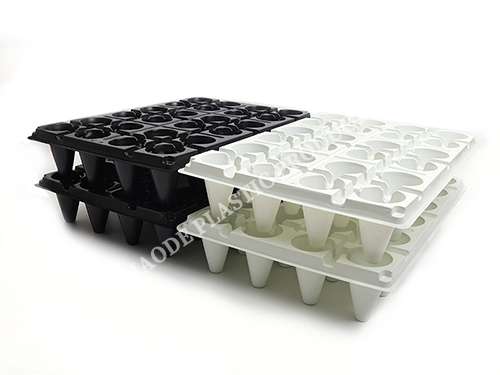
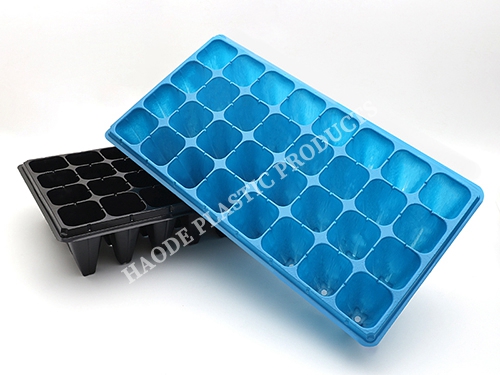
如何防止根系束缚的幼苗:实用技巧
除了托盘选择外,以下是一些在种子启动过程中防止根结问题的实践策略:
·在正确的时间移植:不要把幼苗放在托盘里超过必要的时间。每周监测根系发育情况。
·底层水,不要泛滥:从下面浇水而不是从上面浇水,以促进根系向下生长。
·使用适当大小的托盘:将托盘大小与植物生长速度相匹配。对于西红柿或辣椒,使用更深的托盘。对于生菜或微型蔬菜来说,较浅的细胞是很好的。
·标签和旋转托盘:通过清楚地标记种植日期和定期旋转托盘位置来避免“遗忘”幼苗。
结合正确的种子托盘设计,这些技术可确保您的植物发育出健壮的、可移植的根系,而不会缠结或损坏。
为什么高质量的塑料种子托盘是最佳的长期解决方案
市场上有许多种子托盘材料,从硅胶和可堆肥纤维到铝和可生物降解的纸浆。虽然每种都有自己的位置,但很少有能与硬质塑料种子托盘的性能和耐用性相媲美的,尤其是在塑造根系健康方面。
以下是我们的客户更喜欢它们的原因:
·刚性结构保持一致的细胞形状和深度
·多个排水孔防止过度浇水
·耐紫外线和防潮,适合多季节使用
·不同作物的细胞锥度和尺寸选择
·可堆叠设计,便于储存,提高温室效率
与一次性托盘或高成本替代品不同,我们的可重复使用的塑料种子托盘专为根系健康和种植者便利而设计。
结论:健康的根从正确的托盘开始
在幼苗到达花园之前,不要让根系束缚破坏它们。从深度和形状到气流和排水,您对种子托盘的选择对植物的早期健康起着至关重要的作用。
投资于为支持强壮、自然的根系生长而建造的托盘,并避免纠结、根系束缚的幼苗所带来的昂贵挫折。因为伟大的花园始于表面之下。
准备好长出更强壮的根了吗?从更好的种子托盘开始。
如果你厌倦了开裂的托盘、纠结的根系和移植失败,那么是时候升级到考虑根系健康的种子托盘了。
我们优质的可重复使用的塑料种子托盘经过精心设计,为您的幼苗提供了一个又一个季节茁壮成长所需的空间、结构和环境。
立即探索我们的完整系列,充满信心地成长。
参考文献
GB/T 7714:McGrath D,Henry J,Munroe R,等。繁殖盘设计对红槭、红栎和毛白杨早期根系发育的影响[J]。环境园艺杂志,2017,35(1):35-40。
司法协助:McGrath、Darby等人。";繁殖盘设计对红槭、红栎和毛白杨早期根系发育的影响。&“;环境园艺杂志35.1(2017):35-40。
APA:麦格拉思,D.,亨利,J.,门罗,R.,&;Agro,E.(2017)。繁殖盘设计对红槭、红栎和毛白杨早期根系发育的影响。环境园艺杂志,35(1),35-40。
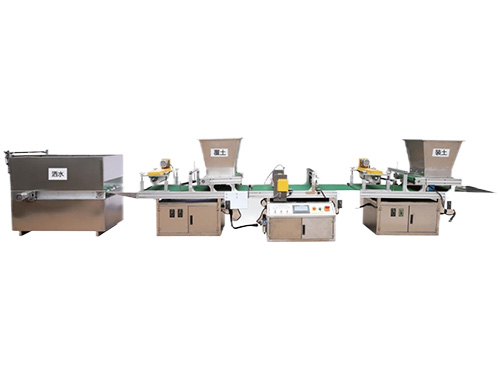
采用电气一体化,按触摸屏上全自动按钮一键启动,穴盘放在传输带上...
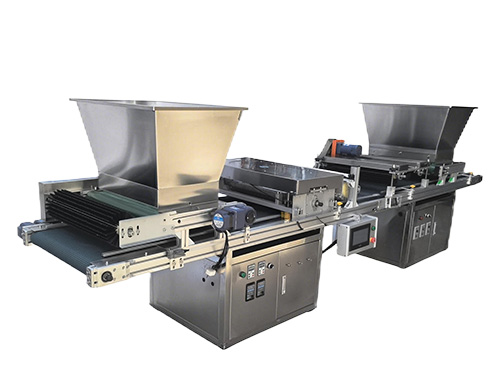
XP750型 播种机性能稳定,品质量优良良,操作简单便捷,高速细致。...
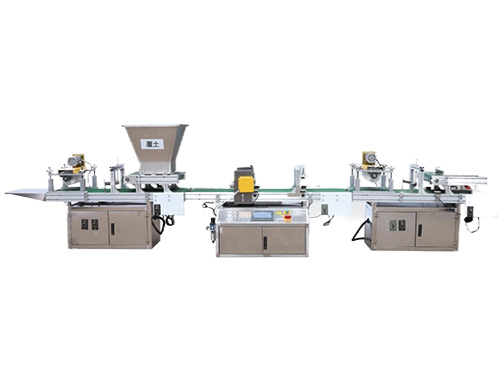
采用电气一体化,按触摸屏上全自动按钮一键启动,穴盘放在传输带上...
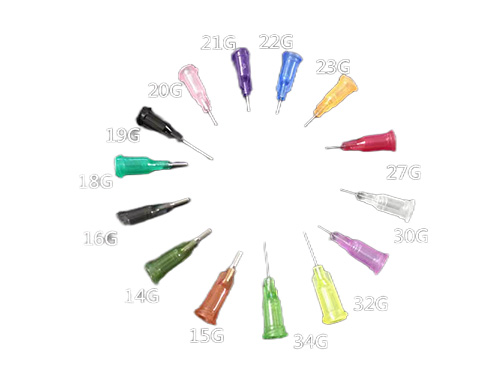
针头清单吸种嘴型号 不同型号 播种种类不同...
